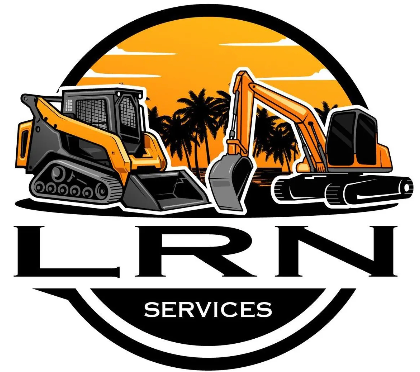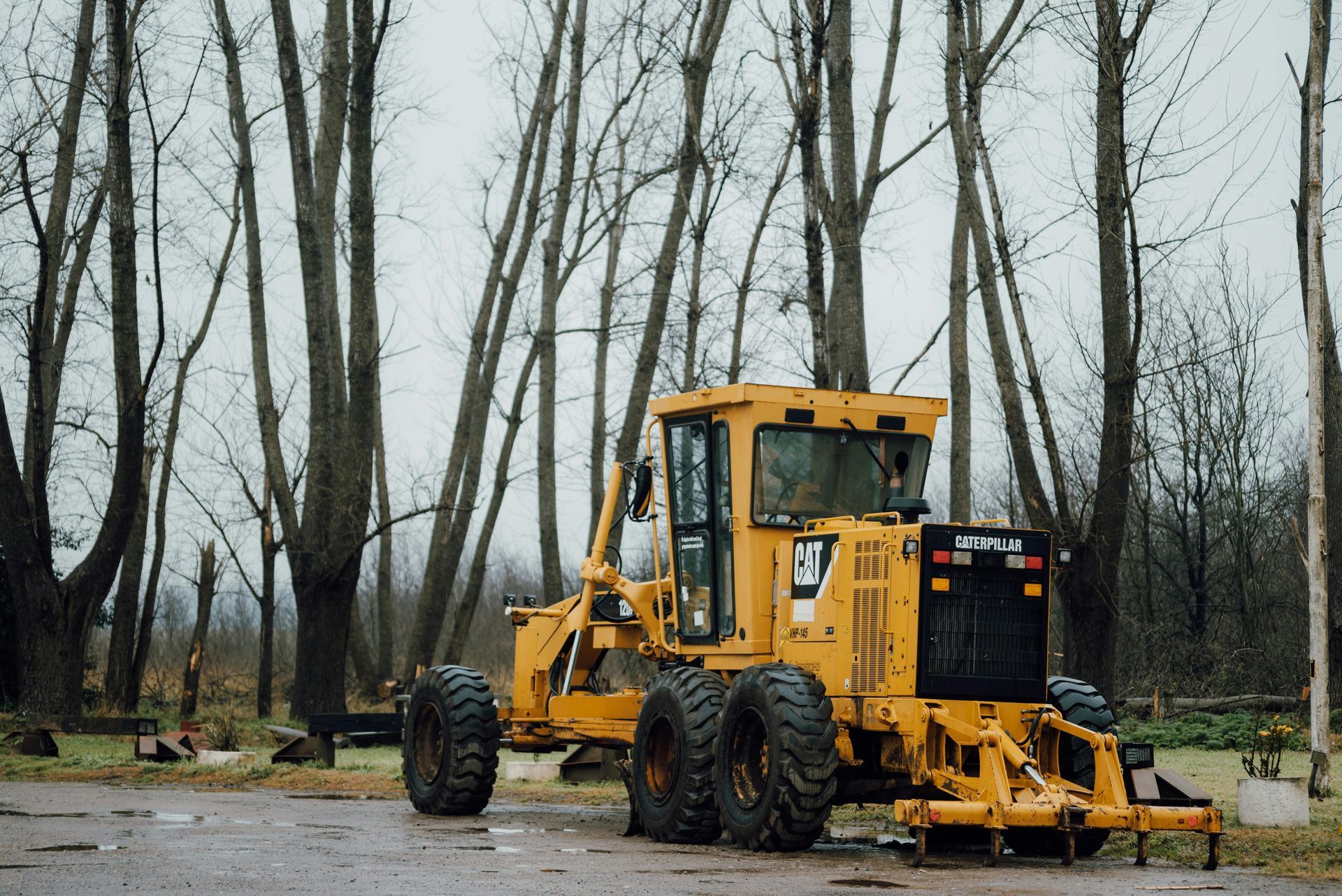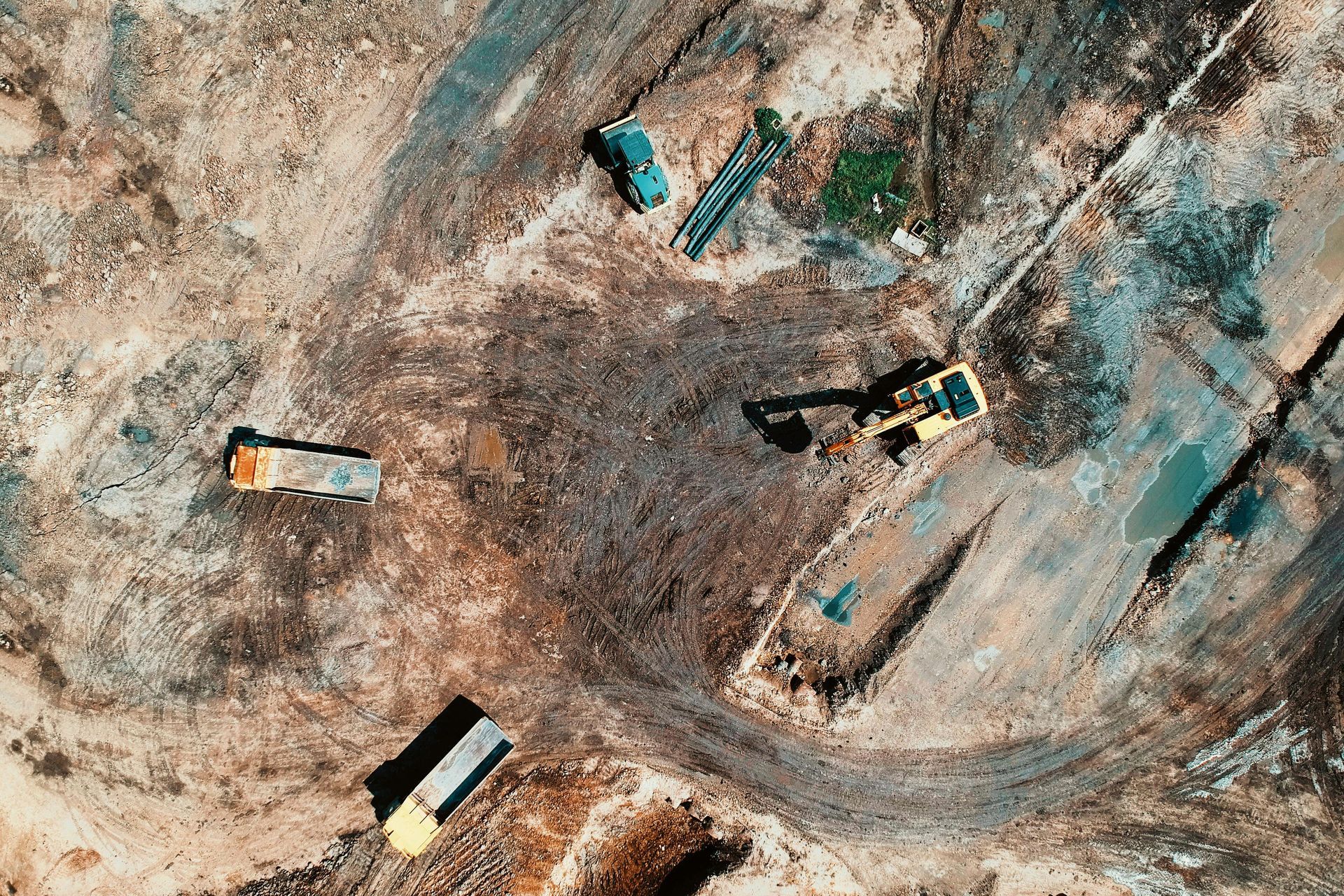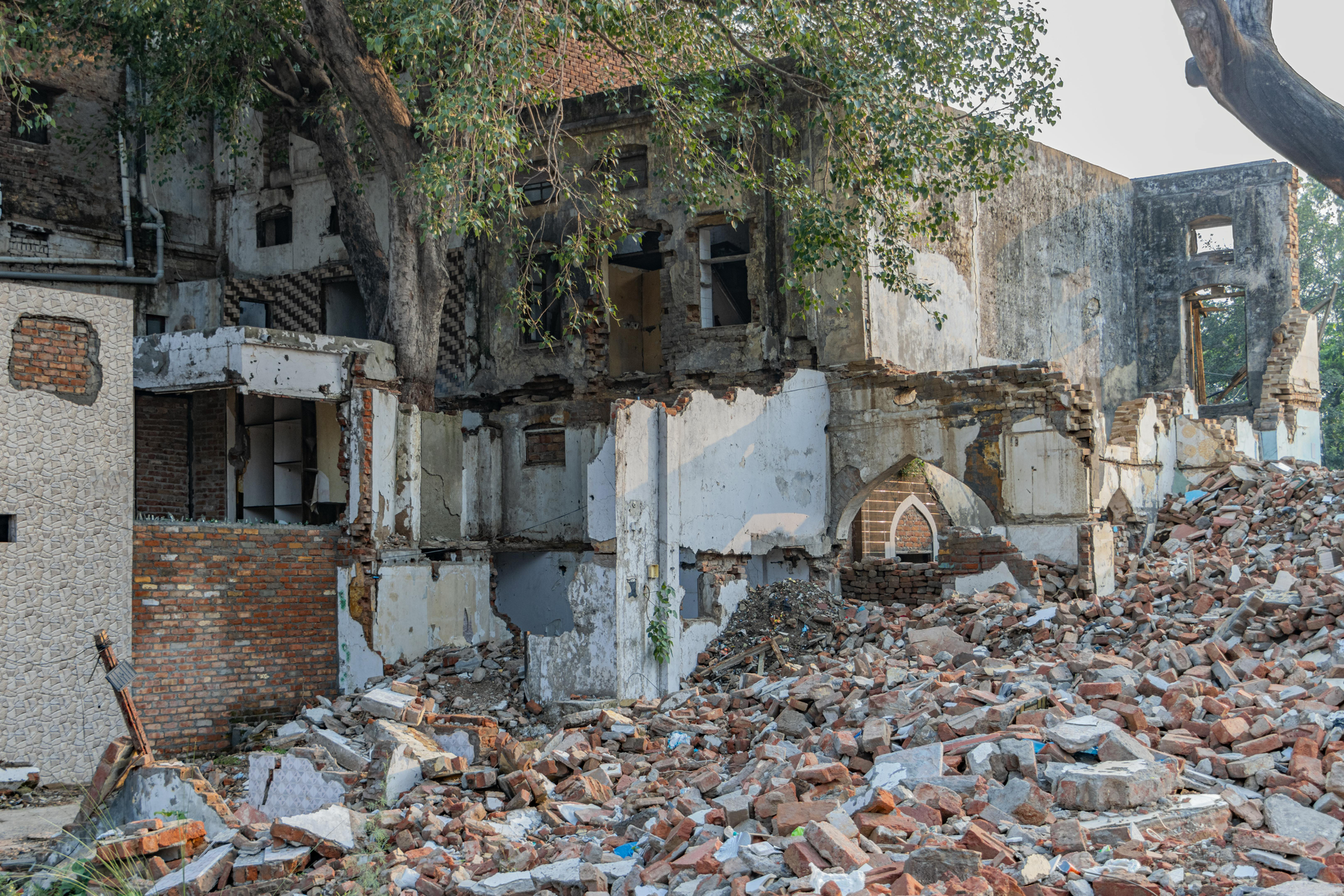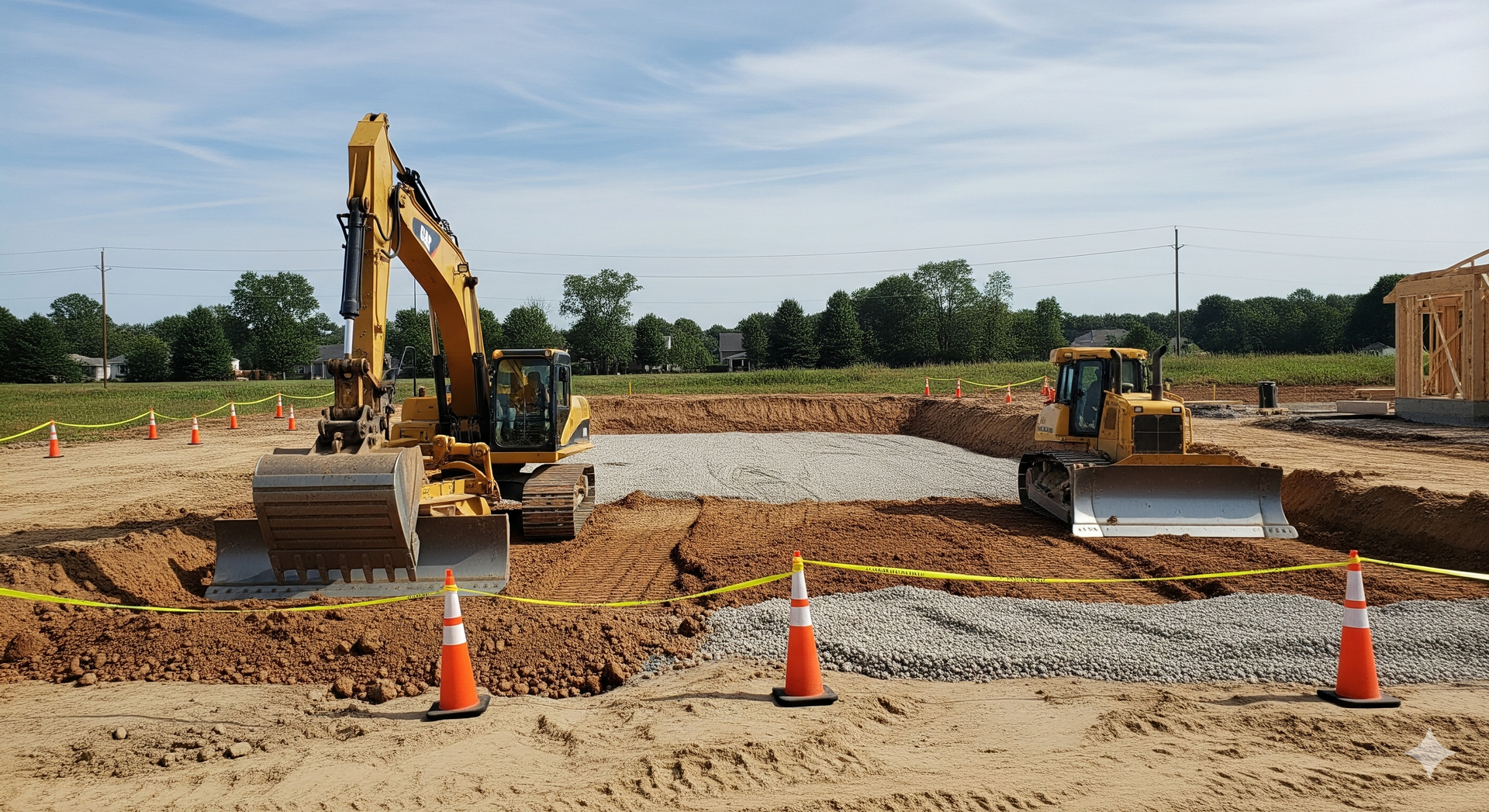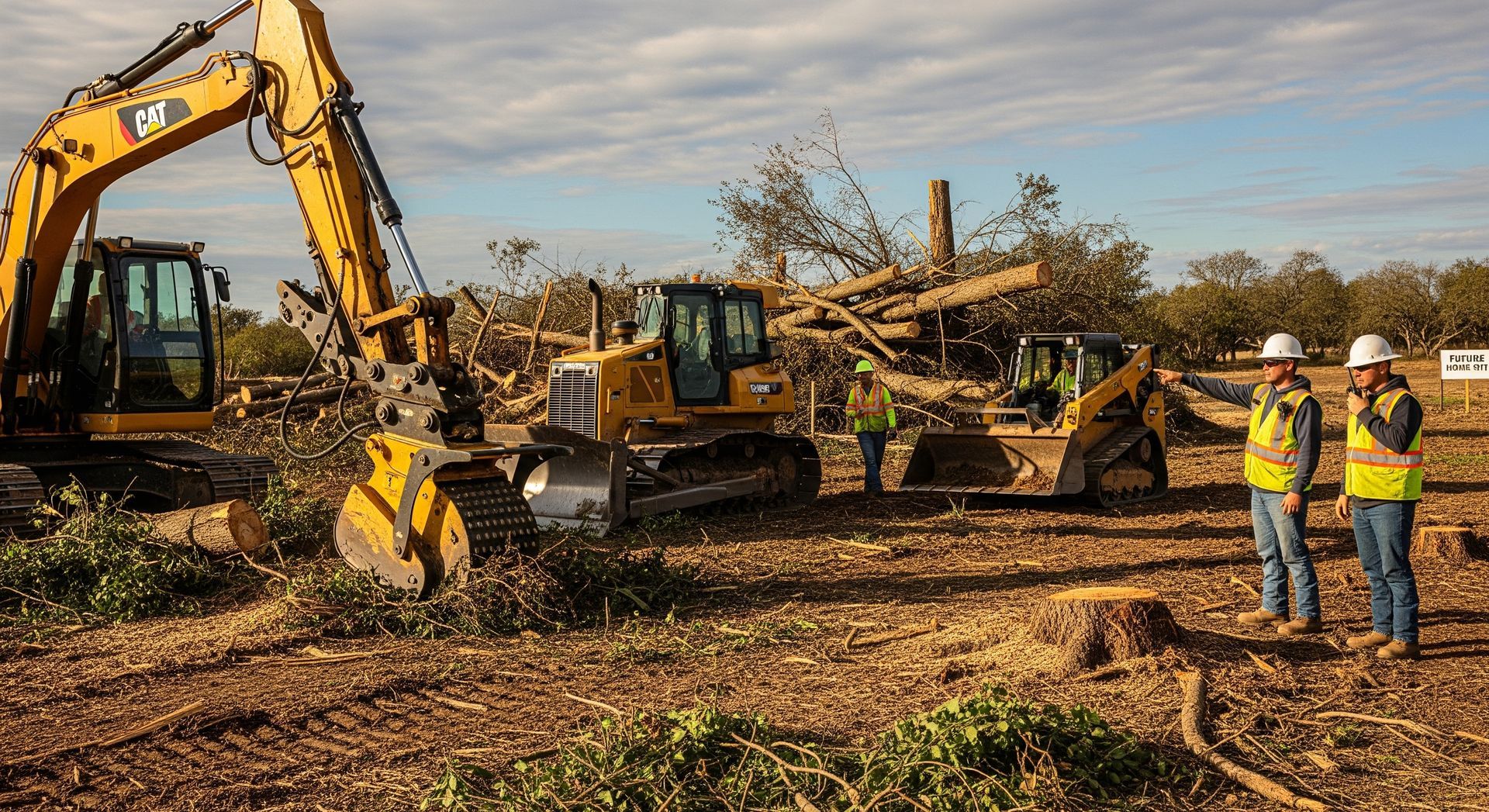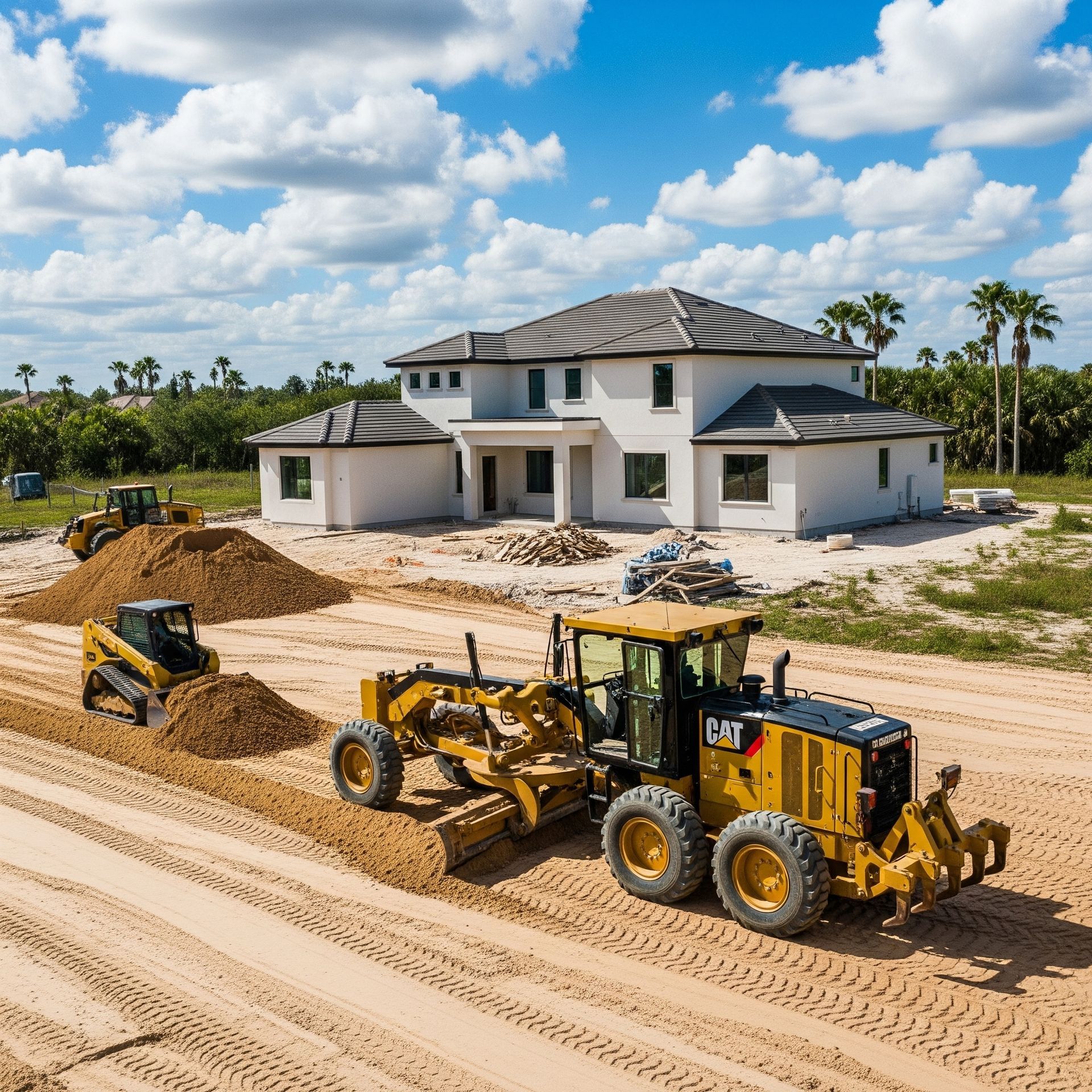The Role of Trenching in Modern Property Development
If you're planning a property development project in a rural or suburban area, trenching plays a bigger role than you might have initially expected. Professional trenching operations make it possible to safely install water lines, electrical conduits, and culvert systems that protect your investment and keep everything running smoothly for years to come. Whether you're a property owner tackling your first building project or an experienced contractor preparing another site, understanding the trenching process helps ensure your project stays on track.
Today's site preparation involves more than just digging trenches for utilities. From polymer concrete trench drains that handle heavy rainfall to culvert trench installations that prevent erosion, modern trenching solutions address complex water management challenges while accommodating multiple infrastructure needs. With proper planning and experienced professionals, these systems work together to create stable, functional properties.
Key Takeaways
- Trenching serves as the foundation for all utility installations, including water, electrical, and drainage systems in modern property development
- Professional trenching requires specialized equipment and expertise to ensure compliance with safety regulations and utility placement standards
- Surface water management through polymer concrete trench drains and culvert systems prevents property damage and ensures proper drainage
- Electrical conduit trenching demands precise depth control and coordination with other utilities to maintain safety and code compliance
- Utility line trenching requires careful planning to accommodate future maintenance access and system expansion needs
- Proper trenching techniques prevent costly repairs and ensure the longevity of underground infrastructure systems
Types of Trenching in Property Development
Property development projects require various trenching approaches, each designed to accommodate specific infrastructure needs and environmental conditions. Understanding these different trenching applications helps developers and contractors select the most appropriate methods for their projects.
Utility Trench Systems
Think of utility trenches as the hidden highways that bring modern conveniences to your property. These carefully planned excavations house essential services while ensuring proper separation and easy access for future maintenance. When done right, trenching for utilities creates a well-organized underground network where water, electricity, gas, and communications all have their designated spaces.
The utilities trench design process takes into account your local soil conditions, regional frost line requirements, and what your building codes specify. Professional utility line trenching includes appropriate bedding materials and backfill procedures that help protect your infrastructure investment while providing clear marking for future service work.
Water and Drainage Trenching
Water management might not be the most exciting part of property development, but it's definitely one of the most important. If you've ever dealt with a flooded basement, washed-out driveway, or soggy yard that never seems to dry out, you already understand why proper water trench systems matter so much. Good drainage planning protects your property investment and saves you from headaches down the road.
Culvert trench installations often provide effective solutions for properties dealing with natural water flow patterns, seasonal flooding, or inadequate drainage infrastructure. These specialized excavations accommodate culvert systems designed to channel water safely under driveways, roads, and around structures while maintaining appropriate flow capacity for local conditions. Professional culvert trench work involves proper assessment of sizing, installation depth, and structural support requirements based on site-specific factors and local weather patterns.
Your trench water line installations need to account for frost protection and pressure requirements while staying accessible for future maintenance. Surface trench drain systems, including those durable polymer concrete trench drains, offer reliable solutions for managing runoff around driveways, buildings, and other areas where standing water creates problems or safety concerns.
Electrical Conduit Trenching
Electrical work always requires careful attention to safety standards, and this is particularly important when it comes to trenching for electrical conduit. When electrical trenching follows proper procedures and local codes, it typically provides reliable power delivery with built-in protection against damage from future digging or environmental factors. Electric trench installations generally need to meet specific depth requirements and maintain safe distances from water lines, though these requirements vary by location and local electrical codes.
The electrical conduit trench process includes proper preparation of the trench bed, careful conduit installation, and backfill procedures that protect your electrical cables while keeping them accessible for future work. Trenching for electrical line installations requires coordination with your utility company and compliance with local electrical codes. Professional trench electrical line installation ensures proper grounding, safe separation from water lines, and adequate protection that prevents costly repairs or safety hazards down the road.
Planning and Design Considerations
Good trenching projects start with solid planning, and the time you invest upfront almost always pays off in smoother execution and fewer surprises. If you're working on rural or suburban property, you'll want to understand how your soil behaves, where existing utilities are located, and what environmental factors might affect your project. Taking time for proper site assessment helps you choose the right trenching methods and avoid costly delays.
Whether you're a contractor preparing a building site or a property owner planning your own project, coordination with utility companies and local authorities makes everything go more smoothly. The planning phase includes utility location services, soil analysis, and drainage assessments that help identify potential challenges before you start digging.
Site Assessment and Water Management Planning
Comprehensive site assessment identifies existing water flow patterns, drainage problems, and infrastructure needs that influence trenching project scope and design. Property owners often discover that addressing water management issues through strategic culvert trench installations and surface drainage systems prevents future problems and protects property values. Professional assessment includes evaluation of soil conditions, seasonal water patterns, and existing utility locations.
Coordination with utility companies and local authorities ensures proper separation distances, installation procedures, and permit compliance for all trenching work. This planning phase helps property owners understand project timelines, potential complications, and maintenance requirements for installed systems while ensuring long-term reliability and code compliance.
Culvert and Drainage System Design
Effective culvert trench design requires an understanding of water flow volumes, seasonal variations, and structural load requirements to ensure proper system performance. Property owners dealing with drainage challenges benefit from a professional assessment that determines appropriate culvert sizing, placement, and installation methods for their specific conditions. Proper culvert trench work addresses both current drainage needs and future development plans.
Surface water trench systems, including polymer concrete trench drains, require careful design to handle expected water volumes while withstanding traffic loads and environmental conditions. Professional installation ensures proper flow characteristics, structural integrity, and long-term performance that protects property investments and reduces maintenance requirements.
Safety and Compliance in Trenching Operations
Trenching operations present significant safety risks that require comprehensive safety protocols, proper equipment, and trained personnel. Compliance with occupational safety regulations and local building codes protects both workers and property while ensuring the quality and longevity of installed systems. Professional trenching contractors maintain current certifications and insurance coverage while implementing safety management systems.
Excavation Safety and Compliance
Safe excavation practices include proper slope management, trench support systems, and atmospheric monitoring to protect workers from cave-ins and hazardous conditions. Equipment safety procedures ensure proper operation while protecting surrounding structures and utilities from damage. Professional contractors must comply with local building codes, environmental regulations, and utility company requirements while securing necessary permits before beginning work.
Modern Trenching Equipment and Techniques
Contemporary trenching operations utilize advanced equipment and techniques that improve efficiency, accuracy, and safety while reducing environmental impact. Modern excavation equipment offers precise control and specialized attachments that accommodate various soil conditions and project requirements. Technology integration includes GPS guidance systems, utility detection equipment, and project management software that enhance coordination and reduce utility damage risks.
Equipment and Installation Procedures
Modern trenching equipment includes compact excavators, trenching machines, and specialized attachments designed for specific soil conditions. These machines offer precise depth control and narrow working widths that minimize surface disruption while maintaining the accuracy required for utility installations. Professional installation procedures ensure proper utility placement through careful attention to bedding materials, backfill compaction, and surface restoration following manufacturer specifications and industry best practices.
Future Considerations and Maintenance
Long-term success of trenching projects depends on proper planning for future maintenance access and system expansion capabilities. Professional installation includes provisions for future utility additions that protect initial investments while accommodating growth and technological changes. Maintenance planning considerations include access point placement and preventive maintenance schedules that extend system life and prevent costly emergency repairs.
Regular maintenance programs prevent system failures through scheduled inspections, cleaning procedures, and component replacement before failure occurs. Property owners who invest in professional maintenance programs typically experience fewer emergency repairs and longer system life compared to reactive maintenance approaches, making the upfront investment in quality trenching work worthwhile.
Frequently Asked Questions
How deep should I expect my culvert trench to be for my residential driveway?
Culvert trench depth varies significantly based on your local building codes, culvert size, expected traffic loads, and regional frost line requirements. A qualified contractor familiar with your area's requirements can determine the proper depth while ensuring adequate slope for effective water flow and long-term durability.
Are polymer concrete trench drains worth considering for rural properties?
Polymer concrete trench drains are often recommended for areas with challenging conditions like freeze-thaw cycles, chemical exposure, or heavy equipment traffic. Many contractors report that these systems can offer improved durability compared to traditional options, though performance varies by manufacturer and installation conditions.
Do I need permits for utility trench work on my own property?
Permit requirements vary widely by location, utility type, and project scope, so it's essential to check with your local building department and utility companies before starting any work. Many areas have specific requirements for electrical work and connections to public utilities, and getting proper permits upfront helps avoid compliance issues later.
How long should I expect my residential trenching project to take?
Project timelines can vary significantly based on soil conditions, project complexity, weather, and local regulations, with simple projects generally completing faster than complex drainage systems. Experienced contractors in your area can provide realistic timelines based on your specific site conditions and local factors that might affect the work schedule.
What can I do to keep my trenching costs reasonable?
The biggest cost factors are usually soil conditions, rock content, and equipment access, but you can help control expenses with good planning and clear site access. Consider bundling multiple trenching needs into one project, and work with your contractor to identify the most cost-effective approach for your specific property.
Final Thoughts
Trenching represents a fundamental investment in property development success, requiring professional expertise to address the unique challenges rural and suburban properties present. Whether dealing with drainage issues, preparing building sites, or managing development projects, working with experienced professionals makes the difference in getting results that protect your investment and work reliably for years to come.
The specialized equipment, safety knowledge, and regulatory expertise that modern trenching requires make experienced contractors valuable partners in your project success. When you invest in professional trenching services, you get peace of mind from proper installation, reduced maintenance concerns, and improved property value, which makes the investment worthwhile.
Dealing with drainage issues or planning site preparation? Get expert trenching solutions that protect your property investment.
Reference:
https://www.osha.gov/sites/default/files/publications/osha2226.pdf
